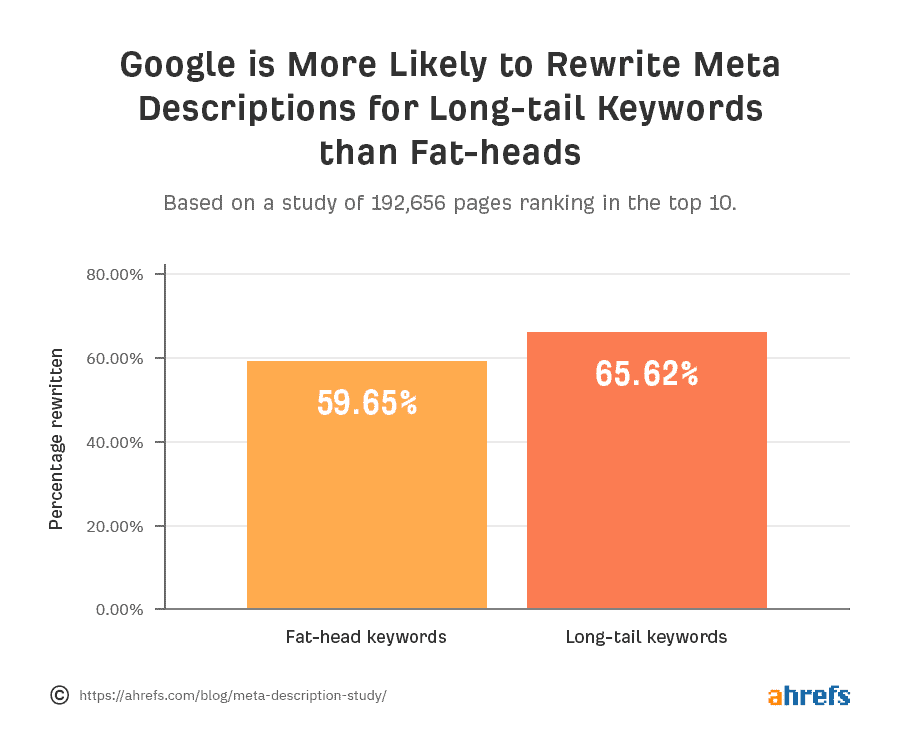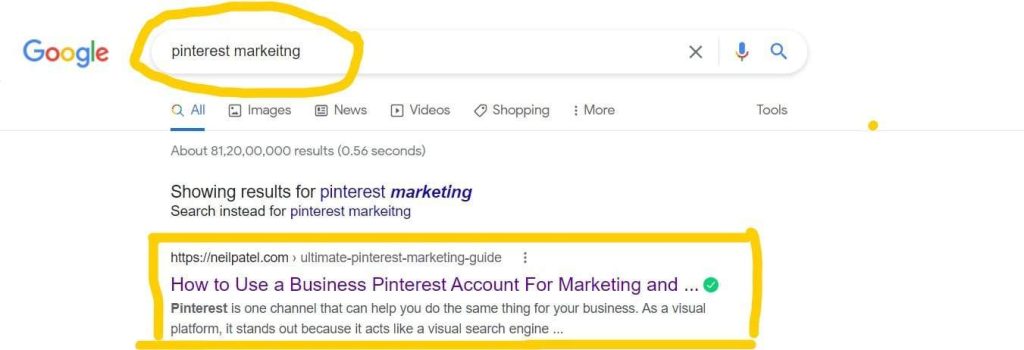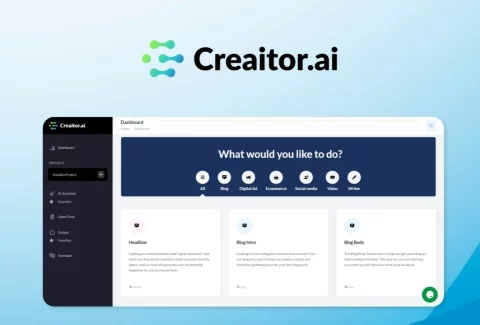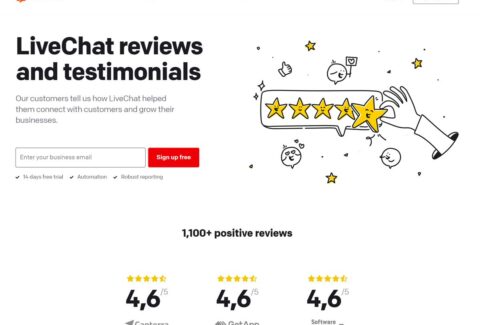3 Lesser Known Facts About Meta Descriptions
November 19, 2021 2022-06-14 12:473 Lesser Known Facts About Meta Descriptions

3 Lesser Known Facts About Meta Descriptions
Let’s explore each facts about meta descriptions in detail.
1. Is Meta Description A Ranking Factor? No.
Some years ago, search engines used meta descriptions to understand and rank content.
But, In 2009, Google came out with an update that it no longer considered meta description to be a ranking factor. However, Google still uses meta descriptions to extract the content snippet. But, that’s not always the case.
Note: What’s the difference between meta description and content snippet?
Meta description is a meta tag that’s written to help the search algorithm understand what the content is about. Snippet is the 1-2 line description of your page’s content. It appears in search results, just below the title. It gives viewers a brief idea of what they should expect when they click on the page.

Why did Google disregard meta descriptions as a ranking factor?
In those days, a lot of marketers unnecessarily stuffed keywords in their meta descriptions. This didn’t add much value to the search engine and the user. Hence, Google decided to disregard meta descriptions.
2. Is Meta Description Used As The Snippet? Not Always.
Your optimized meta description may or may not be used as the content snippet. There is a high possibility that Google disregards your meta description and rewrites its own snippet. According to a study conducted by Ahrefs, Google rewrites its own meta description 62.78% of the time.

Google’s John Muller answered this question in an interview. Excerpts:
While scanning pages, Google reads their meta description and analyzes whether this information will help the user or not. If it doesn’t, Google decides to write its own snippet.
Google rewrites meta descriptions when:
- It observes that the meta description doesn’t summarize the web page. If content providers do not communicate the use of their content, Google does their job.
- It wants to accurately match the search query with the web page when the content is missing part of the search query.
- Google creates a unique snippet according to the search query.
For example, you covered two topics in your blog, namely X and Y. You optimized your meta description according to X. When a user searches for something related to Y, Google automatically takes out some lines from the Y part and places it as the snippet.
Let’s understand this with a live example. When you search for the term “pinterest marketing” and “pinterest blog strategy” separately, the same article by Neil Patel pops up with different meta descriptions.
Following the same logic, Google is more likely to rewrite descriptions for long-tail keywords as. In case of long-tail keywords, there can be a large number of keyword variations. Hence, the algorithm writes a different snippet according to each variation. This study by Ahrefs is proof of the same.

3. Should You Still Optimize Meta Descriptions?
Yes. Meta description is not used as a ranking factor, but some studies suggest that Google uses it to understand the content summary. But, most importantly, optimize your meta descriptions for engagement.
Optimizing meta descriptions has the following engagement benefits:
• Bolded keywords
If a snippet contains the same keywords as the search query, Google automatically boldens them. Thus, include keywords your audience searches for.
• Social Media
Social media shares are a great way to get views on your content. Sites like Facebook and Linkedin use “og tags” ( these are a part of the code, just like the meta tags) to extract the title, description and image of the content. So, even if you don’t write a meta description for Google search engine, do write an optimized description for social media sites.
• CTR
Consider snippets to be a copy. It should convince the user to click on the content. Write a meta description as a copy with the objective of convincing the user to click on it.
• Mobile Optimization
If someone searching on a phone sees a list of search results and yours is the only one that includes a contact number, they can quickly call without having to search further, you have naturally increased your chances of getting the call.
Hence, investing some time in the meta description is still worth the time. It might not have the high returns that it used to, but it still has some returns.
Let’s Wrap Up
Keep the following things in mind while writing an optimized meta description.
• Optimal Format
Meta description can be any length. The length doesn’t determine if Google writes its own meta description or publishes yours. But, Google truncates it beyond 150-155 characters. So, use these characters smartly. Users decide whether to click or not based on these characters.
• Avoid Duplicate Meta Descriptions
For search engines to rank your pages, you need to explain how one page is different from the other. Having two pages compete for the same terms confuses Google and will only harm your rankings.
• Don’t Include Double Quotation Marks
Google cuts off that description at the quotation mark when it appears on a SERP.
• Know When To Write A Meta Description
If the page targets popular search terms, write a meta description that includes these terms naturally. In the case of long-tail keywords, users might use different variations to search for the information contained in your content. Hence, it’s better to let the search engines decide what to show as per the search query.
Many marketers write meta descriptions for product pages and skip it for blog pages. This is because product pages are targeted to specific keywords while blog posts are searched for using different search terms.
Related Posts
Notion Review 2023: Is this Productivity Software any good?
LiveChat Review 2023 : Is this Web Live Chat Software any good?
Search
Popular posts
- How to Build a Multi-Vendor Services Marketplace Using WordPress: A Comprehensive Guide
- Creaitor AI Writing Tool Review 2023: Is this AI Writing Software any good?
- Notion Review 2023: Is this Productivity Software any good?
- LiveChat Review 2023 : Is this Web Live Chat Software any good?
- What is Affiliate Marketing?: The Complete Guide
Categories
Search
Popular products
-
All Access Pass - Digital Asia Summit 2022
₹499.00
₹4,999.00 -
Community Access Pass - Digital Asia Summit'22
₹799.00
₹7,999.00 -
LinkedIn Personal Branding Workshop
₹800.00
₹1,200.00










